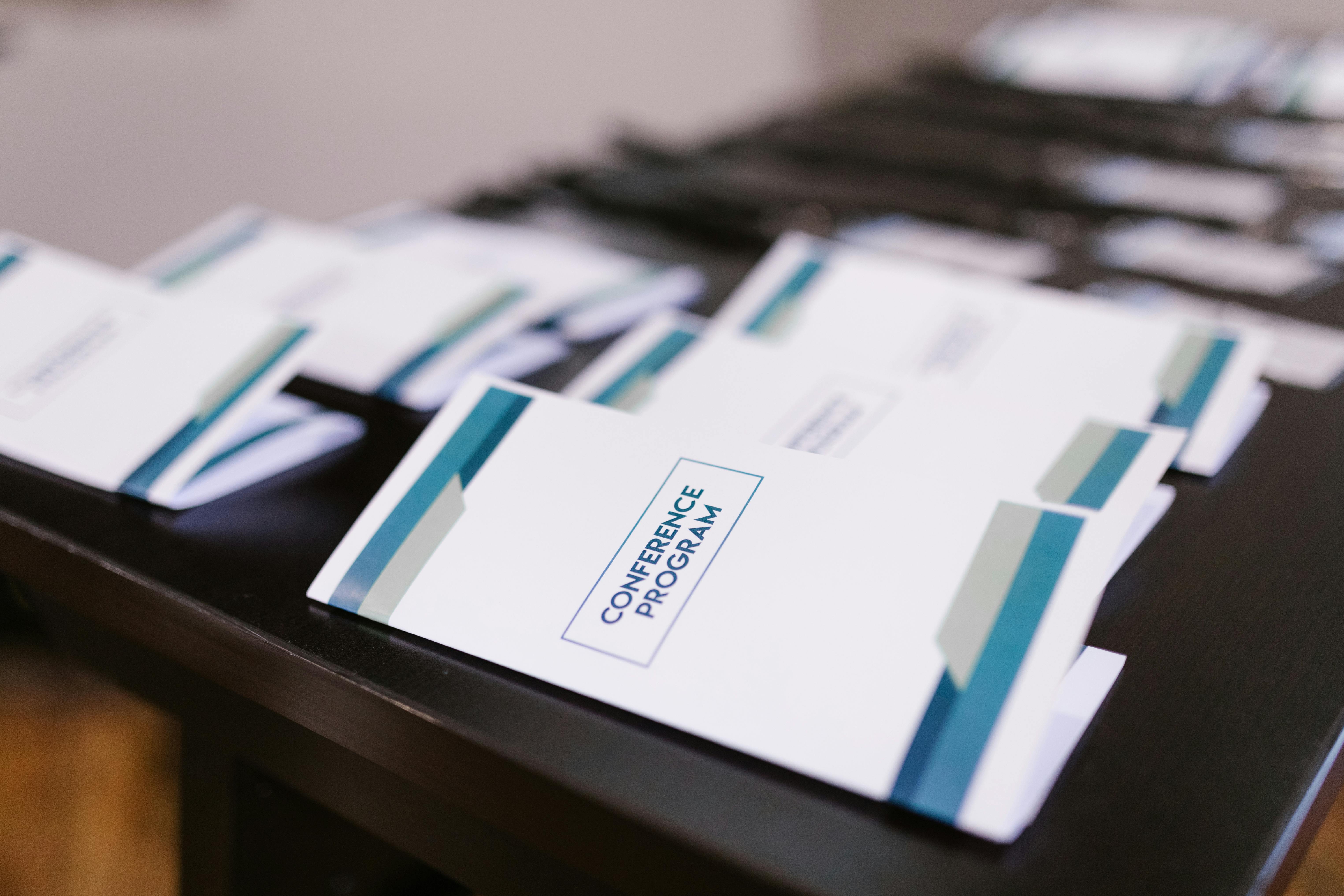Special Education Schedule: A Comprehensive Guide for Teachers and Parents
Creating an efficient special education schedule is crucial for enhancing the learning experience of students with diverse needs. In today’s educational landscape, a well-organized schedule not only helps educators maximize teaching time but also ensures that each student receives the support they need. In this article, we will explore the key principles, strategies, and best practices for developing a special education schedule that works for both students and teachers.

Understanding the Fundamentals
At its core, a special education schedule is designed to meet the unique learning needs of students with disabilities. Whether you are a special education teacher, a parent, or an educational coordinator, understanding the fundamentals of scheduling is essential for success.
The foundation of any effective schedule lies in Individualized Education Plans (IEP), which outline the specific educational goals and services a student requires. A good schedule must balance various activities, therapy sessions, and instructional periods to ensure that every student is fully supported. By structuring a timetable that accommodates these needs, teachers can enhance engagement, manage classroom dynamics more effectively, and ensure that no student falls behind.
1.1 Individualized Education Plan (IEP)
An IEP is a legally binding document that outlines the goals, services, and accommodations needed for a student with disabilities. It serves as the blueprint for creating a tailored schedule that addresses the student’s specific challenges and strengths. For instance, if a student has difficulties with concentration, the IEP may recommend shorter instructional periods with frequent breaks. Understanding these nuances allows educators to craft schedules that are both realistic and effective.
Additionally, an IEP ensures that teachers are aware of specific accommodations such as assistive technology, extra time for assignments, or physical therapy. These must be incorporated into the daily schedule to promote a productive learning environment for all students.
1.2 Balancing Academic and Social Skills Development
One of the challenges in special education is balancing academic learning with social and emotional development. While academic tasks are essential, students also need opportunities for social interaction and skill-building. This includes group activities, role-playing, and social skills lessons, which can be incorporated into the schedule without compromising academic progress.
By blending these two aspects, teachers can foster well-rounded development in students. A well-balanced schedule not only focuses on academic achievements but also on promoting emotional growth and self-regulation skills that are crucial for long-term success.
Practical Implementation Guide
Now that we’ve covered the basics, let’s dive into how you can implement a special education schedule in the classroom. By focusing on practical strategies, educators can create schedules that work for everyone involved—students, teachers, and parents alike.

2.1 Actionable Steps
- Step 1: Review each student’s IEP thoroughly. This will provide a clear roadmap for understanding their academic, social, and therapeutic needs.
- Step 2: Break the day into manageable blocks of time. Include instructional periods, breaks, therapy sessions, and time for self-regulation. Ensure that each student’s individual needs are met in each block.
- Step 3: Collaborate with other professionals. Special education teachers should work closely with speech therapists, occupational therapists, and behavioral specialists to create a holistic approach to the student’s daily schedule.
2.2 Overcoming Challenges
Despite the best planning, there will always be challenges in creating a special education schedule. Common obstacles include managing students with different needs simultaneously, adhering to strict time constraints, and handling behavioral issues. However, there are solutions to overcome these hurdles.
One way to address these challenges is by employing flexible scheduling techniques. For instance, you might stagger the start times for different therapy sessions or vary the duration of breaks. Additionally, using visual schedules can help students understand transitions better, reducing anxiety and behavioral disruptions.
Advanced Applications
Once the basics of creating a schedule are in place, it’s time to explore advanced techniques that can optimize the learning environment even further. These methods can significantly improve student outcomes and make the scheduling process even more efficient.

3.1 Integrating Technology
Incorporating assistive technology into the schedule is one of the most effective advanced applications. Technologies like text-to-speech software, interactive whiteboards, and apps designed for special education can make a significant difference in students’ learning experiences. These tools can be scheduled throughout the day to provide real-time support for students during lessons or independent work.
For example, a student with a visual impairment may benefit from a screen reader during a reading block, while a student with attention difficulties could use a timer app to track transitions between tasks. These advanced tools not only enhance the learning process but also increase student engagement and retention.
3.2 Collaborative Scheduling
In special education, collaboration is key to success. A collaborative scheduling approach involves regular communication among all team members—including special education teachers, general education teachers, therapists, and parents. By working together, each professional can align their strategies to meet the needs of the students more effectively.
This may involve co-teaching models, where a special education teacher and a general education teacher team up to deliver instruction to a small group of students, or it may include integrating various services like speech or occupational therapy into the general class schedule. Collaborative scheduling helps create a seamless learning experience for students, allowing them to thrive in both special education and mainstream settings.
Future Outlook
The future of special education scheduling is bright, with emerging trends that promise to revolutionize the way schools manage and structure educational plans. Innovations in personalized learning, data-driven scheduling, and advancements in assistive technologies are changing the landscape for students with disabilities.
Over the next few years, schools will likely incorporate more flexible, technology-driven solutions that enable real-time updates to schedules based on student progress. This shift will allow for even greater customization and support, ensuring that each student receives a truly individualized education.
Conclusion
To summarize, a well-structured special education schedule is essential for maximizing student success. Key takeaways include understanding the fundamentals of IEPs, balancing academic and social development, implementing actionable steps, overcoming challenges, and exploring advanced applications such as technology integration.
With these strategies in place, educators can create schedules that enhance learning and provide the necessary support for students with diverse needs. For teachers and parents alike, the ultimate goal is to ensure that every student has the opportunity to thrive academically and socially.
Frequently Asked Questions
- Q: How can I create a schedule for multiple students with varying needs? To manage multiple students, break down the schedule into flexible blocks and tailor each block to the individual needs of the students. Use visual aids and timers to keep track of transitions.
- Q: What should I do if a student’s needs change throughout the day? Regularly update the schedule based on the student’s progress. Be prepared to adjust based on behavioral cues or changing requirements during the day.
- Q: How much time should I allocate for breaks in a special education schedule? Breaks should be incorporated based on the student’s IEP. Typically, students may need more frequent or longer breaks compared to typical students to manage attention and behavior.
- Q: What are the costs associated with implementing assistive technology? Costs can vary depending on the type of technology. Basic software can be affordable, but specialized devices may require a larger investment. Many schools can access funding or grants to cover costs.
- Q: How can I balance therapy sessions with academic instruction? Create a schedule that includes therapy sessions during less academically intense periods, such as after lunch or during times when students typically need a break.
- Q: What is the level of technical skill required to use assistive technology in the classroom? While some assistive technologies are easy to use, others may require training. Teachers should undergo professional development to ensure effective use of the tools.
- Q: How can special education schedules be adapted for students in mainstream classrooms? Integrate support services such as speech therapy or resource time within the mainstream class schedule, ensuring students have access to the resources they need while participating in general education activities.

